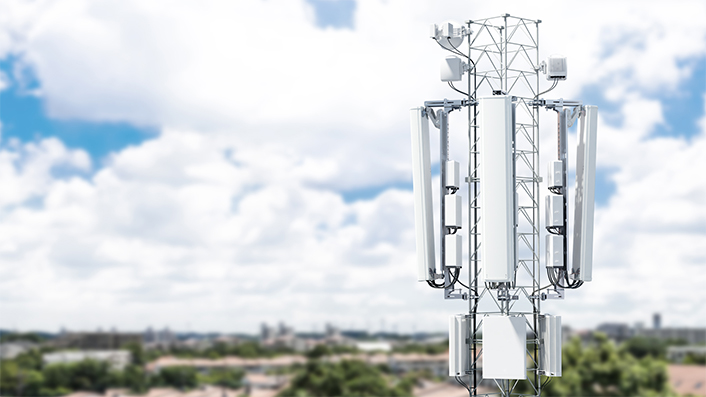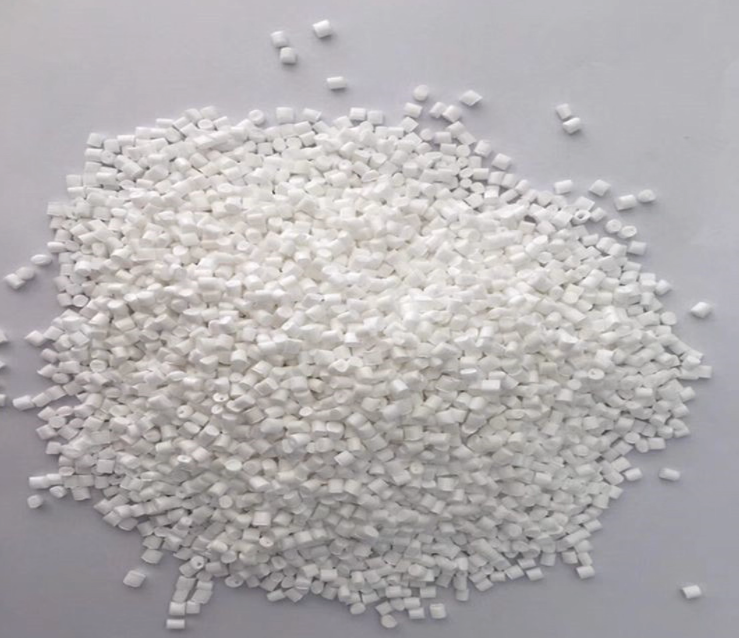
- English
- 简体中文
- Español
- Português
- русский
- Français
- 日本語
- Deutsch
- tiếng Việt
- Italiano
- Nederlands
- ภาษาไทย
- Polski
- 한국어
- Svenska
- magyar
- Malay
- বাংলা ভাষার
- Dansk
- Suomi
- हिन्दी
- Pilipino
- Türkçe
- Gaeilge
- العربية
- Indonesia
- Norsk
- تمل
- český
- ελληνικά
- український
- Javanese
- فارسی
- தமிழ்
- తెలుగు
- नेपाली
- Burmese
- български
- ລາວ
- Latine
- Қазақша
- Euskal
- Azərbaycan
- Slovenský jazyk
- Македонски
- Lietuvos
- Eesti Keel
- Română
- Slovenski
- मराठी
The 5G New Era: How BASF & SABIC High-Performance Plastics Empower Next-Gen Communication Devices
2025-11-10
The global rollout of 5G technology is pushing the boundaries of material requirements for communication equipment. Higher frequencies, denser components, and stringent thermal management demands are driving traditional materials to their limits. In this context, high-performance plastics from BASF and SABIC provide critical solutions.

Ensuring High-Frequency Signal Integrity
5G millimeter-wave signals are susceptible to loss, requiring materials with very low dielectric constant and dissipation factor. BASF's Ultradur® PBT series and SABIC's LNP™ Konduit™ compounds excel in this area, ensuring stable, low-loss signal transmission, making them ideal for 5G antenna radomes and base station components.

Superior Thermal Management & Heat
Resistance Heat generated by 5G device power consumption is a key concern for reliability and longevity. SABIC's LEXAN™ PC and BASF's Ultramid® PA offer enhanced thermal management performance. Furthermore, materials like BASF's Ultrason® PSU/PESU possess excellent long-term heat resistance, ensuring device stability in high-temperature environments.
Lightweighting & Structural Strength
To meet miniaturization and lightweight design goals, materials must combine high strength with excellent flowability. SABIC's NORYL™ NMT technology and BASF's Ultramid® Advanced materials provide robust solutions for metal/plastic hybrid structures, perfectly suited for 5G device housings and internal frames.

As a trusted partner of BASF and SABIC, Shanghai Weisa Plastic Technology Co., Ltd. is committed to providing these advanced material solutions to global clients. Our expert technical team offers comprehensive support for your 5G projects, from material selection to application optimization.
Connect the Future with Weisa.




